Beyond Survival: Lives Transformed Through Treatment

These stories reflect different aspects of recovery, but certain patterns emerge across successful treatments:
Claire
Claire, 39, healthcare worker: "After my first retreat, I experienced what living without background anxiety felt like for the first time since childhood. That reference point changed everything. Now, six months later, I can return to that state intentionally, even during stressful periods."
Rebecca
Rebecca, 47, corporate executive: "After fifteen years of escalating panic attacks that medications barely touched, I'd resigned myself to a permanently restricted life. Six months into this treatment approach, I've taken my first international flight in a decade. The panic still visits occasionally, but it no longer controls my decisions."
Michael
Michael, 56, teacher: "The physical symptoms were so severe that three different A&E visits concluded I was having heart attacks. After completing the integrated programme, I haven't had a single attack in eighteen months. More importantly, I've stopped living in fear of them."
Sarah
Sarah, 42, small business owner: "As a single mother running my own company, I couldn't afford to be debilitated by panic. The bodywork component of treatment revealed trauma patterns I'd been carrying for decades. Releasing those changed everything—not just the panic but my entire relationship with stress."
James
James, 51, IT consultant: "The constant worry about having attacks in professional settings was destroying my career. The subconscious reprogramming aspects of treatment helped most—addressing patterns I couldn't reach through talk therapy alone. I've since taken a promotion I would have declined before."
- Recovery rarely follows a linear path, but overall trajectories show steady improvement
- The most profound healing often occurs when clients stop fighting their symptoms and learn to work with them instead
- Many report benefits extending far beyond panic reduction—improved relationships, career advancement, creative renaissance
- The skills learned become lifelong resources applicable to many other challenges






 ≡
≡